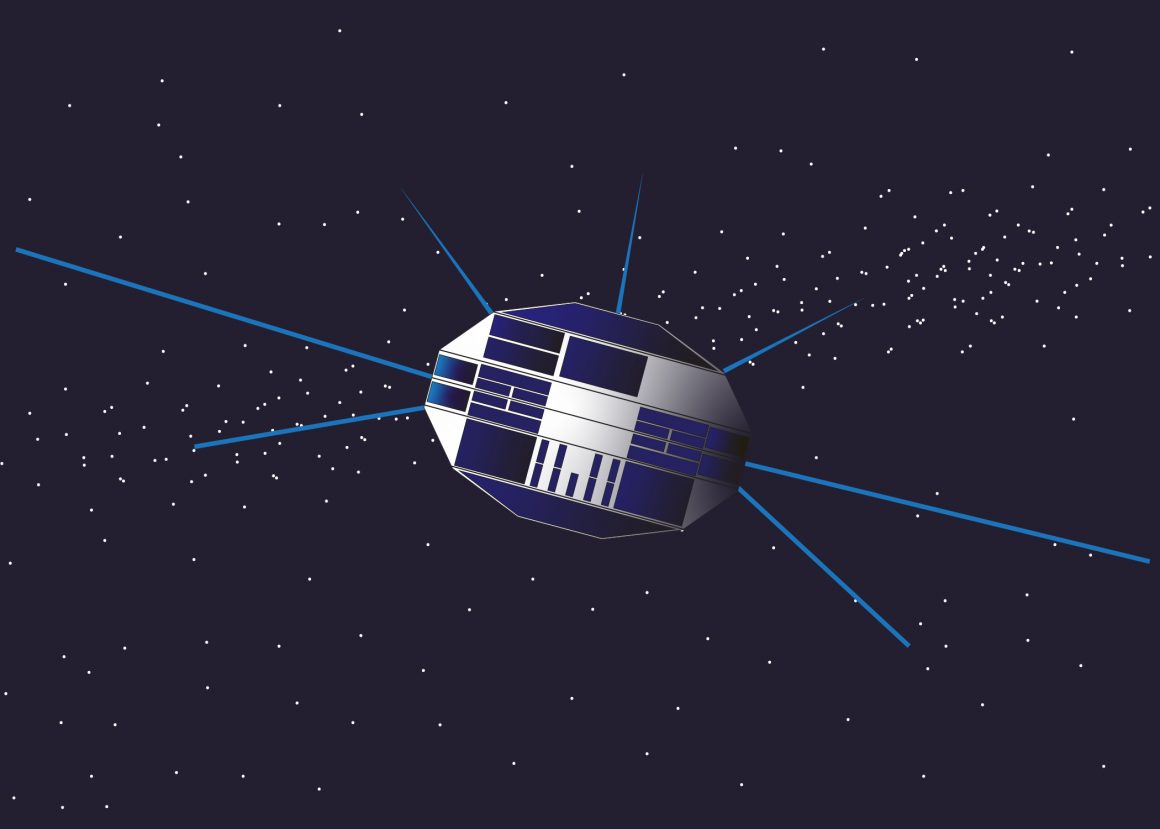
First Canadian satellite Alouette I remains up in space over 60 years later
By Ansharah Shakil, October 2 2023—
61 years ago, Alouette I, the scientific satellite which was Canada’s first artificial Earth satellite, was launched into space on Sept. 29, 1962. Alouette I was the satellite to define Canada entering into its space age, though these days it isn’t thought of much. Our space programs are moving faster than we could ever have imagined back in 1962, but on the anniversary of Alouette I’s arrival into space, reflecting on what it meant at the time of its inception shows its continued relevance.
The original purpose of Alouette I was to study the ionosphere. The proposal was made by scientists John Chapman and Eldin Warren, who worked at Canada’s Defence and Research Telecommunications Establishment (DRTE).
After its success, a new program called International Satellites for Ionospheric Studies (ISIS) was created, under which the Alouette II was launched in 1965 and satellites ISIS I and ISIS II were launched in 1969 and 1970.
Alouette I has some claim to fame through being the first satellite constructed by a non-United States or Soviet Union country. It is also the first NASA satellite to be launched from the West Coast. Its infrastructure is not necessarily revolutionary, but its unique antennas — called storable tubular extendable members (STEMS) — were an innovative and exciting Canadian invention which would be used in many other space missions like the Gemini and Apollo moon missions. It was an important and extremely successful step for Canadian space programs and for Canadian culture as well. Alouette, in French, means skylark — the name was taken from a French-Canadian song to acknowledge the French part of Canada’s heritage.
Alouette I remains in orbit right now, and won’t be coming back down for many years. Items up in space, often referred to as space trash, can stay in orbit for more than decades. Alouette I will live longer than most of us, despite the fact that it was deliberately shut off on Sept. 30, 1972, and was originally only ever supposed to stay up in space for three years.
The satellite surpassed expectations by outlasting other satellites of its period and transmitting data for over 10 years. The satellite’s chief electrical engineer Colin Franklin used transistors and circuits with greater quality than commercial semiconductor transistors and made the transmitter power 10 times greater than the minimum. This high standard of quality control helped the longevity of the satellite, and the program produced thousands of tapes of data, most of which have thankfully been successfully digitized before they were degraded.
It’s true that we have plenty of new satellites to give us information that the Alouette I cannot. But its preserved data and its history give us insight into the 1962 space era, at a time when the Alouette I was groundbreaking for the Canadian space program. As a symbol of growth with a rich background, it continues to be an important part of Canada’s contributions to space science.
